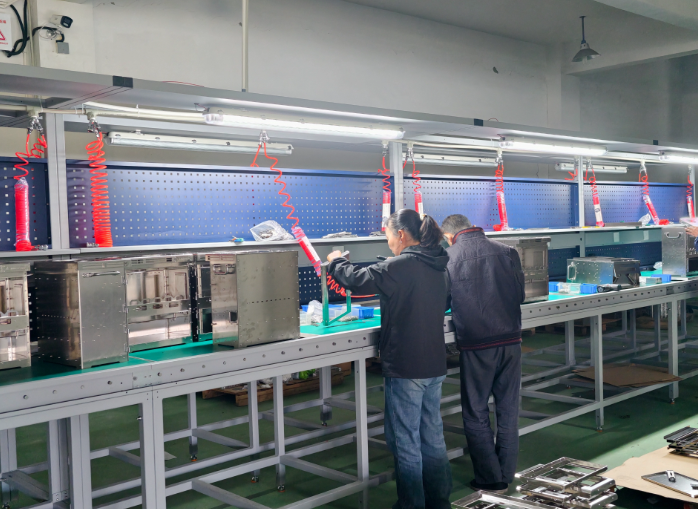Plaster is a versatile material widely used in construction and art. While it offers numerous benefits, its inherent porosity makes it susceptible to water damage. However, with the right additives, you can transform ordinary plaster into a waterproof marvel. In this article, we will explore various substances that can be mixed with plaster to enhance its waterproofing capabilities, ensuring longevity and durability in diverse applications.
- Acrylic Polymer Emulsion:
One effective way to waterproof plaster is by incorporating acrylic polymer emulsion into the mix. This water-based additive forms a protective barrier, preventing water penetration. Acrylic polymer emulsion not only enhances plaster's waterproofing properties but also improves its flexibility, adhesion, and resistance to cracking. - Silica Fume:
Silica fume, a byproduct of silicon and ferrosilicon alloy production, is an excellent choice for enhancing plaster's waterproofing abilities. When added to the mix, it fills the microscopic voids in the plaster, reducing its permeability. Silica fume also enhances the plaster's strength, making it more resistant to water damage. - Hydrophobic Additives:
Hydrophobic additives, such as silicone-based compounds, can significantly improve plaster's waterproofing capabilities. These additives repel water, preventing it from seeping into the plaster. Additionally, they enhance the plaster's resistance to mold, mildew, and other forms of moisture-related deterioration. - Cementitious Waterproofing Agents:
Cementitious waterproofing agents, commonly available as powder or liquid, are specifically designed to enhance the waterproofing properties of cement-based materials like plaster. These agents chemically react with the plaster, forming crystalline structures that block water ingress. They provide long-lasting waterproofing protection, even in challenging environments. - Liquid Waterproofing Membranes:
For ultimate waterproofing performance, liquid waterproofing membranes can be applied over the plaster surface. These membranes create a seamless, impermeable barrier that effectively protects the underlying plaster from water damage. They are particularly useful in areas prone to heavy water exposure, such as bathrooms, kitchens, and swimming pools.
Conclusion:
Waterproofing plaster is crucial to ensure its longevity and durability in various applications. By incorporating additives such as acrylic polymer emulsion, silica fume, hydrophobic compounds, cementitious waterproofing agents, or applying liquid waterproofing membranes, you can significantly enhance plaster's resistance to water damage. Remember to choose the appropriate additive based on your specific requirements and consult professionals for guidance. With these techniques, you can confidently utilize plaster in both indoor and outdoor settings, knowing it will withstand the test of time.
